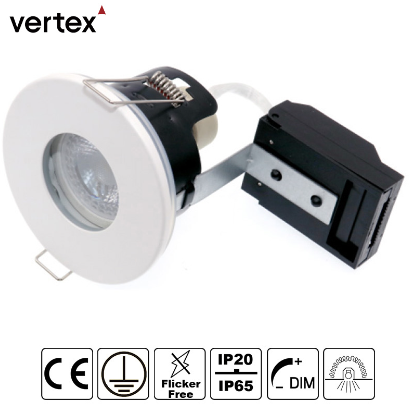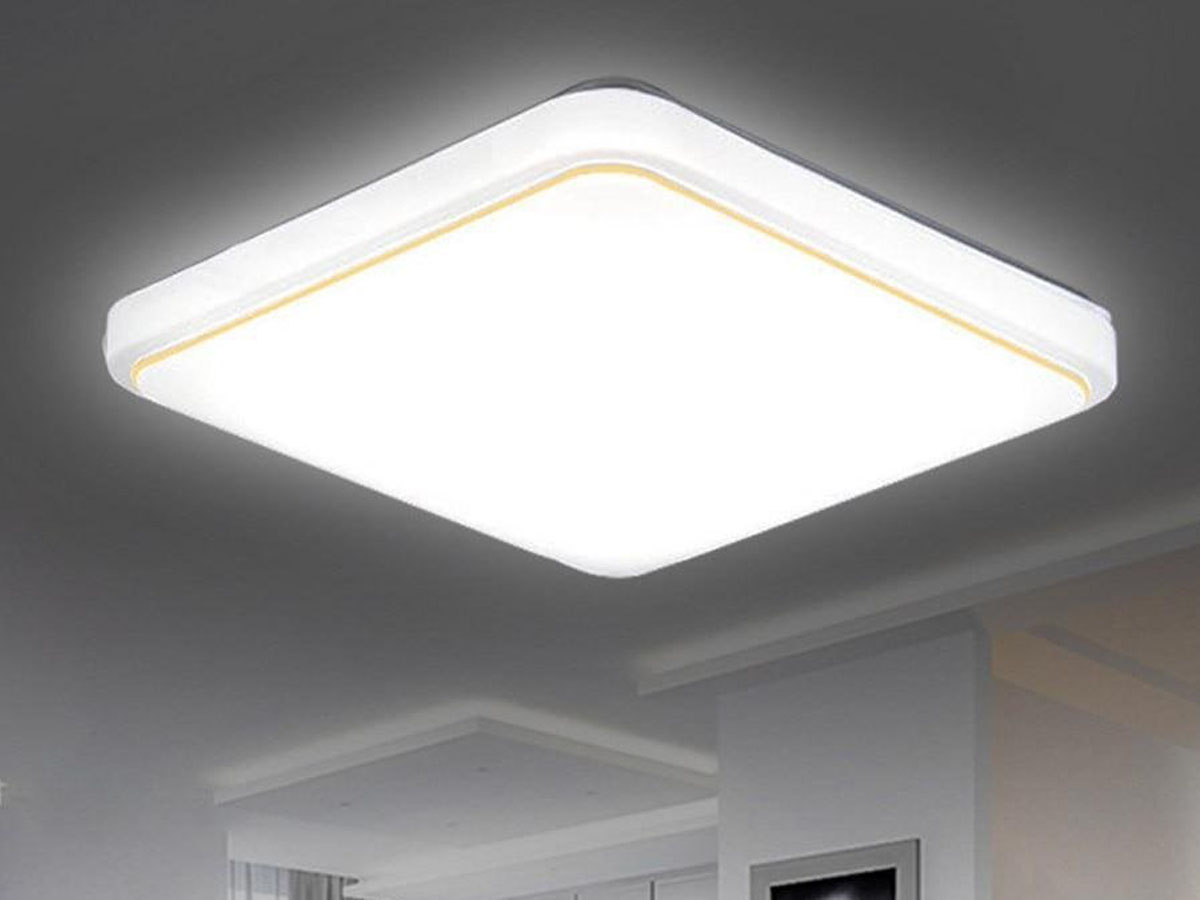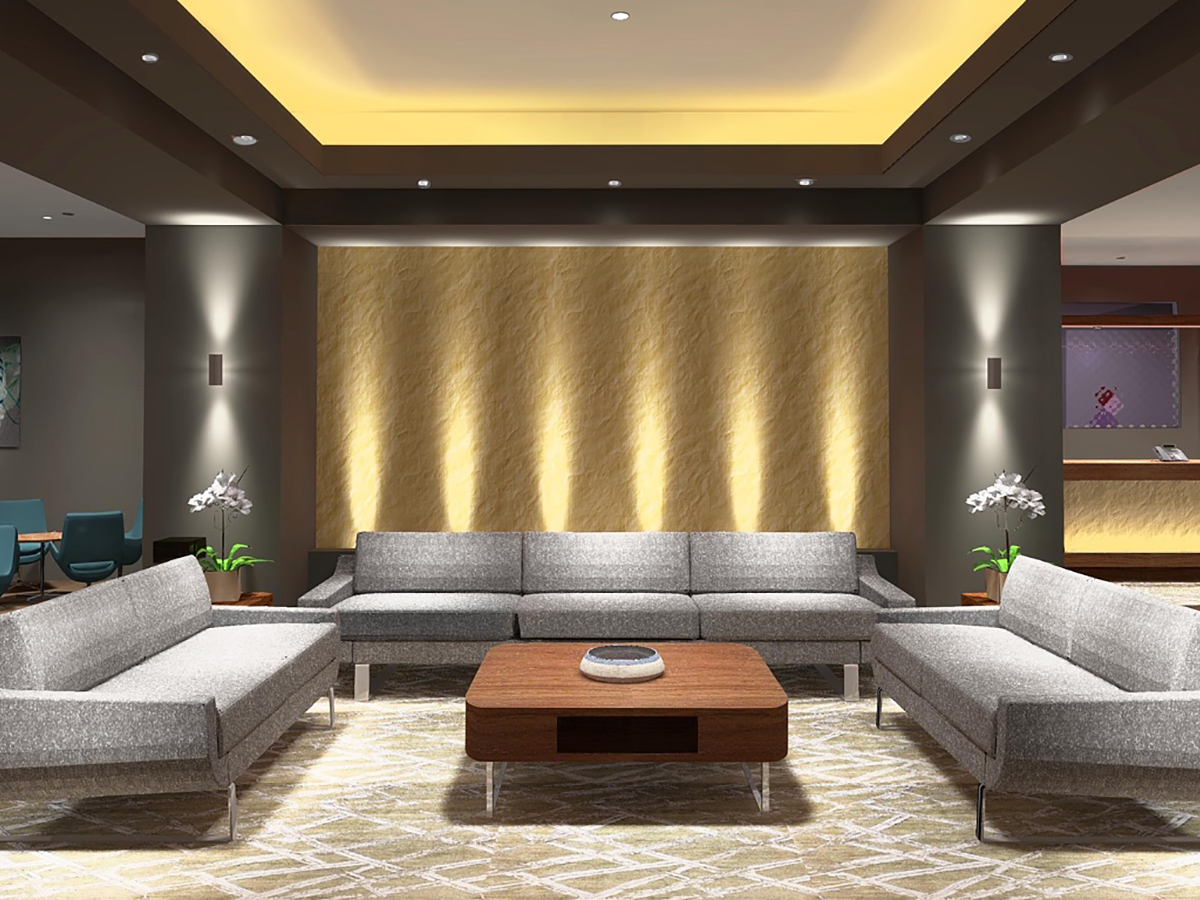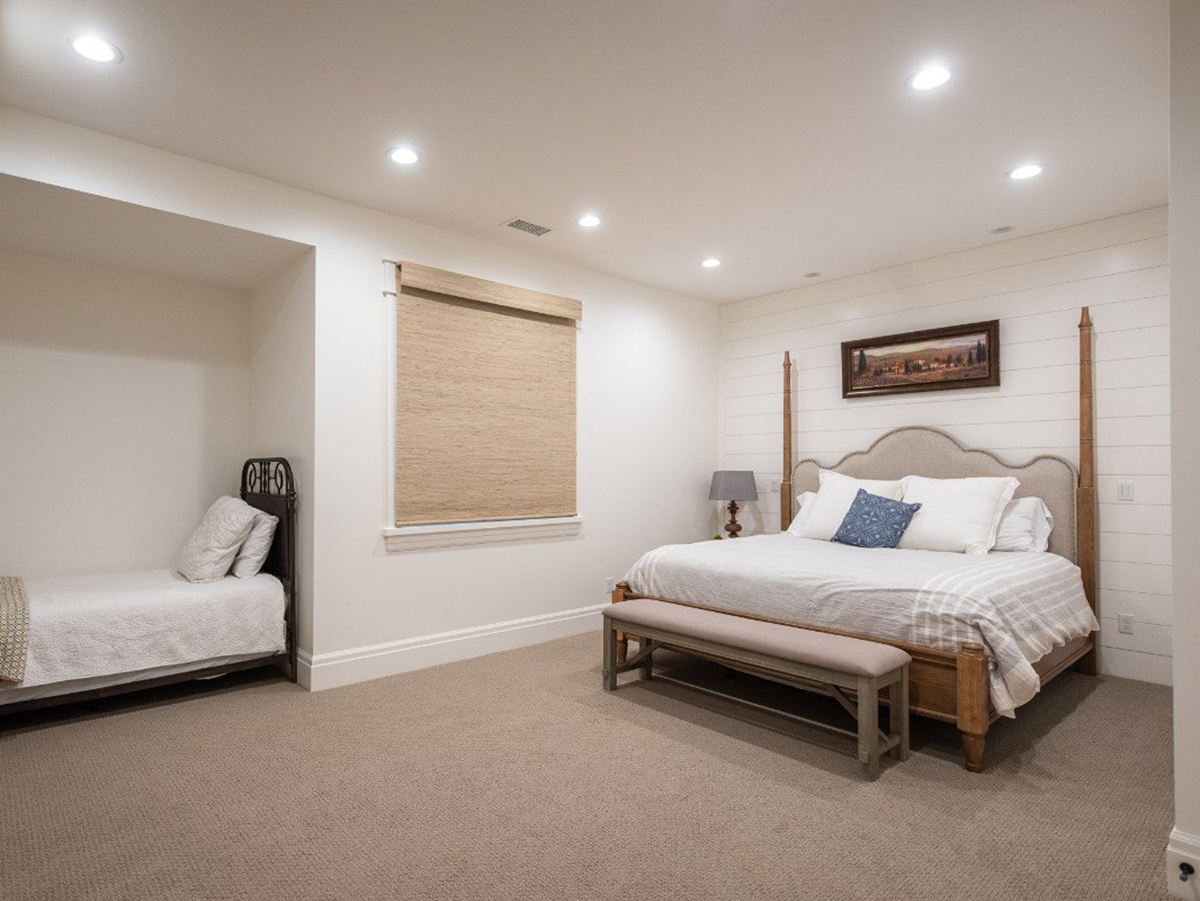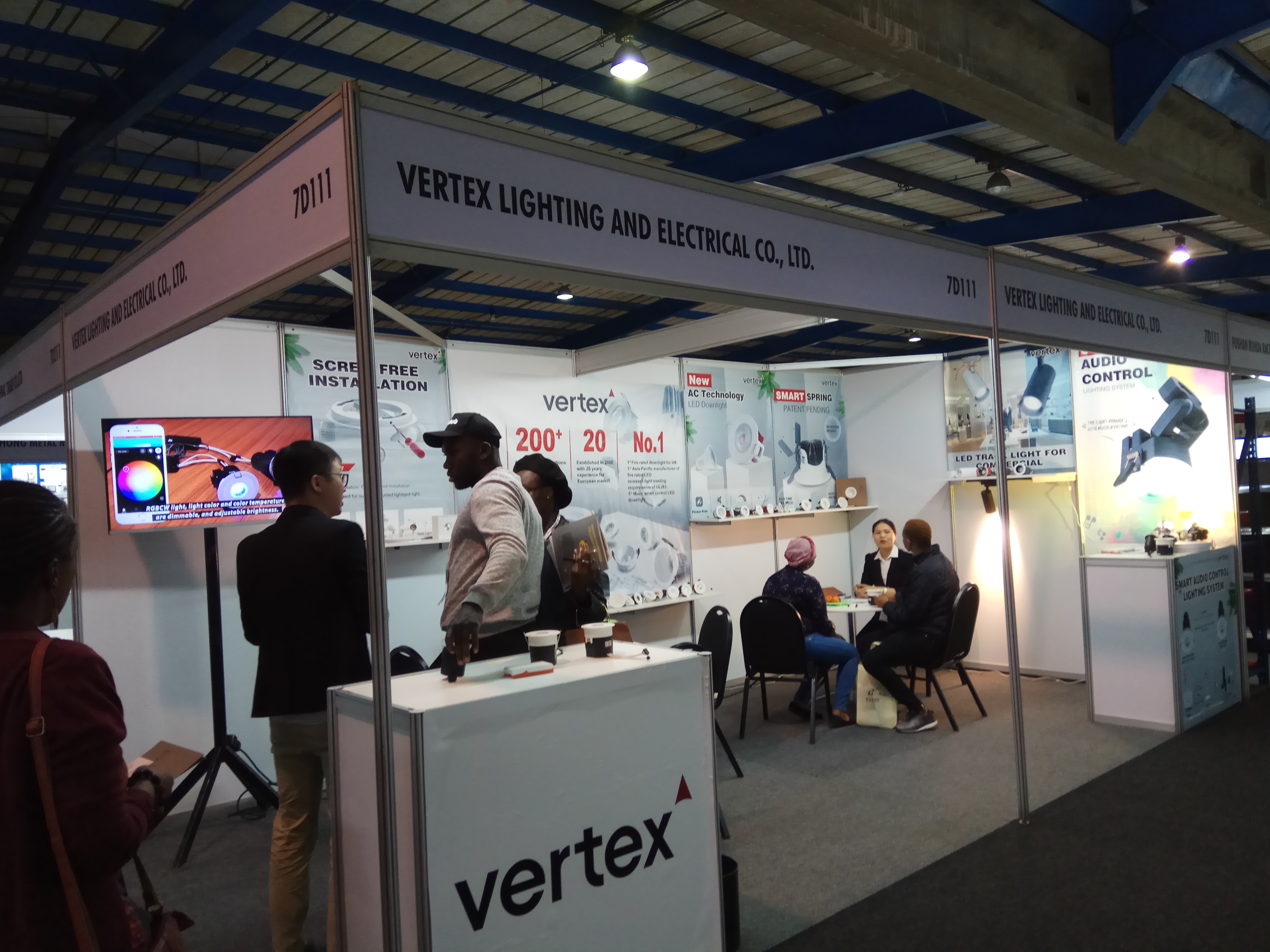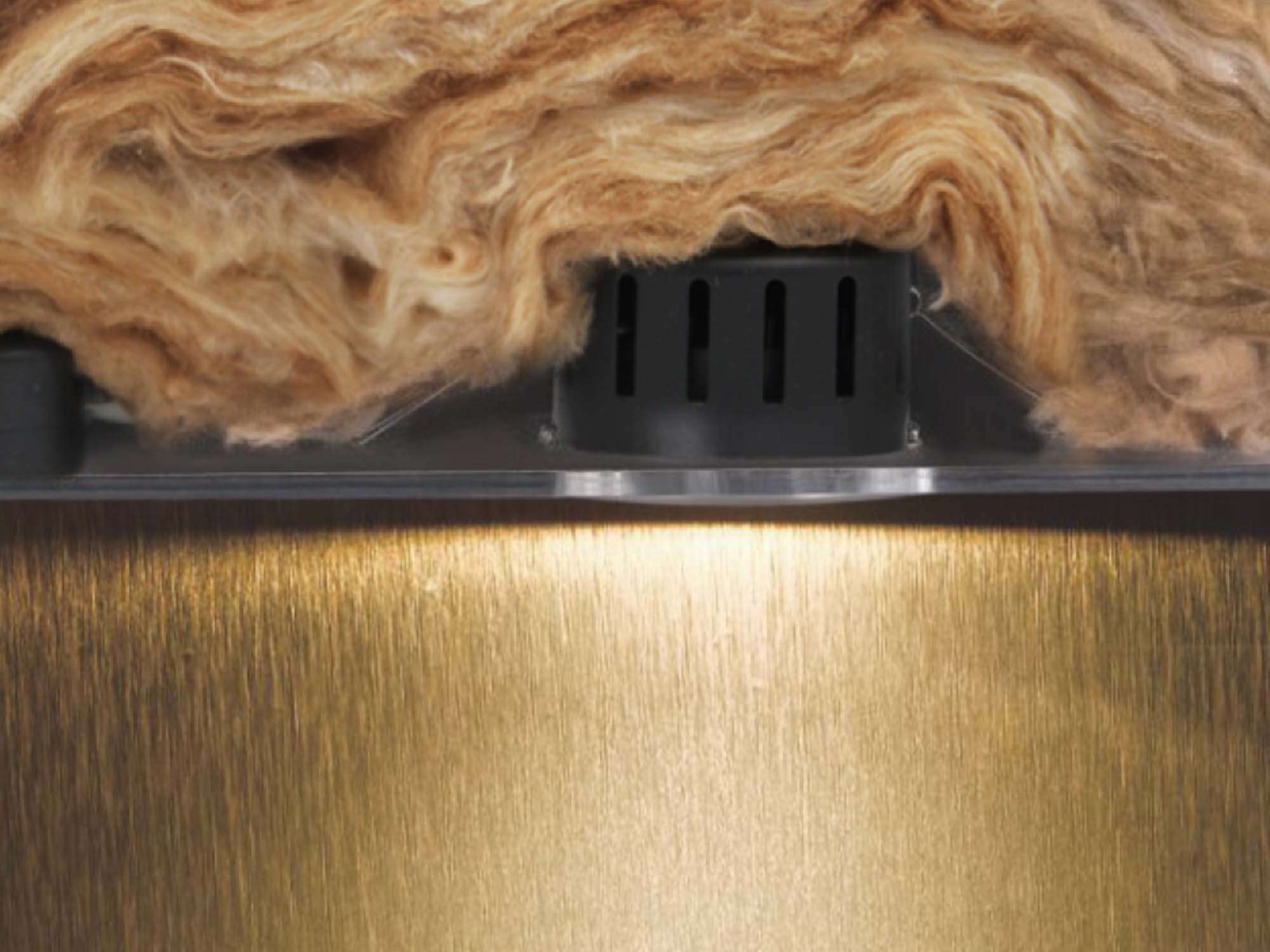In the world of lighting, understanding the different IP (Ingress Protection) ratings is crucial, especially when it comes to outdoor or potentially harsh environments. IP65 rated lighting, in particular, holds great significance due to its robust design and versatility. In this post, the author would guide you get a further understanhding about Ip65 Downlight.
What is IP65 Rated Lighting?
IP65 rated lighting refers to lighting fixtures or devices that have been designed and tested to meet specific Ingress Protection (IP) standards. The IP rating system is used to classify the degree of protection that electrical enclosures provide against the intrusion of foreign objects (like dust) and water.
In the IP rating system, the number "6" indicates the level of protection against solid objects, and the number "5" represents the level of protection against water. Here's what each number signifies:
Solid particle protection (first digit, 6): The "6" in IP65 means the lighting fixture is dust-tight, meaning it provides complete protection against the entry of dust or any other solid particles. This ensures that the internal components of the fixture are shielded from dust, which could potentially damage the electronics and affect the performance of the lighting.
Water protection (second digit, 5): The "5" in IP65 indicates that the lighting fixture is protected against low-pressure water jets from all directions. It can withstand water splashes, rain, and hose-directed water, without allowing water to penetrate and damage its internal components.
In the IP rating system, the number "6" indicates the level of protection against solid objects, and the number "5" represents the level of protection against water. Here's what each number signifies:
Solid particle protection (first digit, 6): The "6" in IP65 means the lighting fixture is dust-tight, meaning it provides complete protection against the entry of dust or any other solid particles. This ensures that the internal components of the fixture are shielded from dust, which could potentially damage the electronics and affect the performance of the lighting.
Water protection (second digit, 5): The "5" in IP65 indicates that the lighting fixture is protected against low-pressure water jets from all directions. It can withstand water splashes, rain, and hose-directed water, without allowing water to penetrate and damage its internal components.
Can IP65 Downlights Be Used Outside?
Yes, IP65-rated downlights can be used outside. The IP65 rating indicates that the downlights are dust-tight and can withstand low-pressure water jets from any direction. This level of protection makes them suitable for outdoor use where they may be exposed to various weather conditions, such as rain or humidity.
IP65-rated downlights are designed to prevent the entry of dust and to offer sufficient protection against water splashes and rain. This makes them a popular choice for outdoor applications, including:
IP65-rated downlights are designed to prevent the entry of dust and to offer sufficient protection against water splashes and rain. This makes them a popular choice for outdoor applications, including:
●Porches and entrances
IP65 downlights can be installed in covered outdoor areas near doorways to provide illumination and enhance visibility during the night.
●Covered patios and balconies
These downlights can be used in covered outdoor spaces to create a comfortable and inviting atmosphere for gatherings and relaxation.
Eaves and soffits: IP65 downlights are often used under eaves and soffits to provide downlighting on building facades and pathways.
Eaves and soffits: IP65 downlights are often used under eaves and soffits to provide downlighting on building facades and pathways.
●Outdoor walkways and paths
They can be used to illuminate walkways, garden paths, and other outdoor routes, ensuring safety and visibility in dark areas.
●Outdoor seating and dining areas
IP65 downlights can be used to create well-lit outdoor seating and dining spaces for restaurants, cafes, or homes.
However, while IP65-rated downlights can handle rain and water splashes, they should not be directly exposed to heavy rainfall or submerged in water. If you need downlights for areas with direct exposure to heavy rain or underwater installations, you may consider higher IP ratings, such as IP66 or IP67, which offer increased water resistance.
However, while IP65-rated downlights can handle rain and water splashes, they should not be directly exposed to heavy rainfall or submerged in water. If you need downlights for areas with direct exposure to heavy rain or underwater installations, you may consider higher IP ratings, such as IP66 or IP67, which offer increased water resistance.
Which is Better IP65 or IP67 Rated Lighting?
The choice between IP65 and IP67 rated lighting depends on the specific requirements and environmental conditions of the intended application. Both IP65 and IP67 ratings offer different levels of protection against solid objects and water, so the "better" option depends on the context in which the lighting will be used.
●IP65 Rated Lighting
Protection against solid objects: IP65 lighting fixtures are dust-tight, meaning they provide complete protection against the entry of dust and other solid particles. This level of protection is suitable for most indoor applications and outdoor areas where there is a moderate risk of dust exposure.
Protection against water: IP65 lighting fixtures can withstand low-pressure water jets from any direction. They are suitable for outdoor use in covered areas where they may be exposed to rain, water splashes, or moisture.
Protection against water: IP65 lighting fixtures can withstand low-pressure water jets from any direction. They are suitable for outdoor use in covered areas where they may be exposed to rain, water splashes, or moisture.
●IP67 Rated Lighting
Protection against solid objects: IP67 lighting fixtures are also dust-tight, offering the same level of protection against dust and solid particles as IP65 fixtures.
Protection against water: IP67 lighting fixtures can be submerged in water up to a depth of 1 meter for a limited time. They provide higher water resistance compared to IP65 fixtures, making them suitable for more demanding outdoor applications with direct water exposure or underwater installations.
Protection against water: IP67 lighting fixtures can be submerged in water up to a depth of 1 meter for a limited time. They provide higher water resistance compared to IP65 fixtures, making them suitable for more demanding outdoor applications with direct water exposure or underwater installations.
●When to Choose IP65 Lighting
For indoor applications or outdoor areas with moderate exposure to water and humidity, such as covered patios, eaves, or bathrooms.
In situations where dust protection is important but direct water submersion is not a concern.
In situations where dust protection is important but direct water submersion is not a concern.
●When to Choose IP67 Lighting
For more demanding outdoor environments with direct water exposure, such as pool areas, fountains, or marine installations.
In areas where water immersion or submersion is a possibility.
Ultimately, the "better" choice depends on the specific needs of your lighting application. If your application requires higher water resistance or the possibility of submersion, IP67 rated lighting may be more suitable. However, if you only need protection against dust and water splashes in typical outdoor settings, IP65 rated lighting should be sufficient.
In areas where water immersion or submersion is a possibility.
Ultimately, the "better" choice depends on the specific needs of your lighting application. If your application requires higher water resistance or the possibility of submersion, IP67 rated lighting may be more suitable. However, if you only need protection against dust and water splashes in typical outdoor settings, IP65 rated lighting should be sufficient.
Which is Better IP55 or IP65 Rated Lighting?
When comparing IP55 and IP65 rated lighting, it's important to consider the specific requirements of the lighting application and the environmental conditions where the fixtures will be used. Both IP55 and IP65 ratings provide different levels of protection against solid objects and water, so the "better" option depends on the context in which the lighting will be installed.
●IP55 Rated Lighting
Protection against solid objects: IP55 lighting fixtures provide partial protection against dust and other solid particles. While they are not completely dust-tight like IP65 fixtures, they still offer reasonable protection against larger dust particles and debris.
Protection against water: IP55 lighting fixtures can withstand low-pressure water jets from any direction. They are suitable for use in outdoor areas where they may be exposed to rain and water splashes but not suitable for direct water submersion.
Protection against water: IP55 lighting fixtures can withstand low-pressure water jets from any direction. They are suitable for use in outdoor areas where they may be exposed to rain and water splashes but not suitable for direct water submersion.
●IP65 Rated Lighting
Protection against solid objects: IP65 lighting fixtures are dust-tight, offering complete protection against the entry of dust and other solid particles. They provide a higher level of protection against dust compared to IP55 fixtures.
Protection against water: IP65 lighting fixtures can withstand low-pressure water jets from any direction, just like IP55 fixtures. However, they may offer slightly better protection against water due to their complete dust-tight design.
Protection against water: IP65 lighting fixtures can withstand low-pressure water jets from any direction, just like IP55 fixtures. However, they may offer slightly better protection against water due to their complete dust-tight design.
When to Choose IP55 Lighting
For outdoor applications where the risk of dust exposure is moderate, but there may be occasional rain or water splashes.
In environments where the lighting fixtures won't be exposed to heavy dust or high-pressure water.
In environments where the lighting fixtures won't be exposed to heavy dust or high-pressure water.
When to Choose IP65 Lighting
For both indoor and outdoor applications where dust protection is essential, and there's a need for robust water resistance against rain and water splashes.
Conclusion
IP65 rated lighting serves as a reliable and versatile lighting solution for both indoor and outdoor applications. With its robust design and complete protection against dust and water jets, it is an ideal choice for various environments, including gardens, patios, bathrooms, and kitchens. While IP67 rated lighting offers greater water immersion protection, IP65 remains a popular choice for most outdoor installations due to its effectiveness and cost efficiency.
